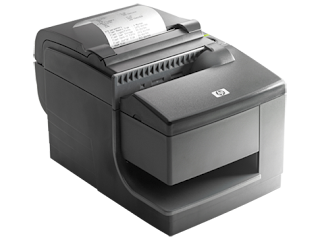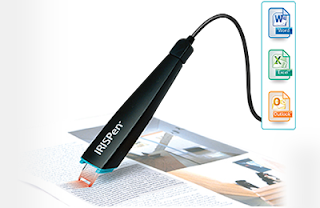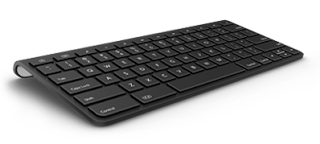Hardware:
The mechanical devices that make up the computer are called hardware. Hardware is any part of the computer that we can touch. Computers hardware consists of interconnected electronic devices that we can use to control the computers operation input and output.
Computer hardware can be divided into five categories:
- Input hardware
- Processing hardware
- Storage hardware
- Output hardware
- Communication hardware
Input hardware:
The function of input hardware is to collect data and convert it into suitable from for computer processing. Common input devices are the keyboard and the mouse.













